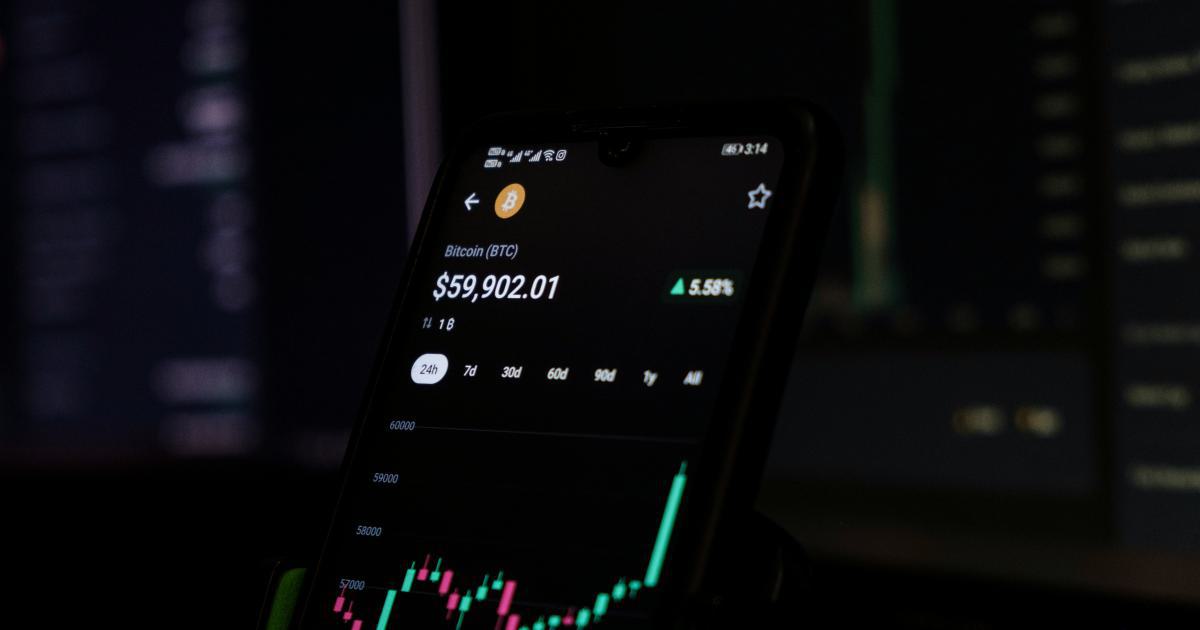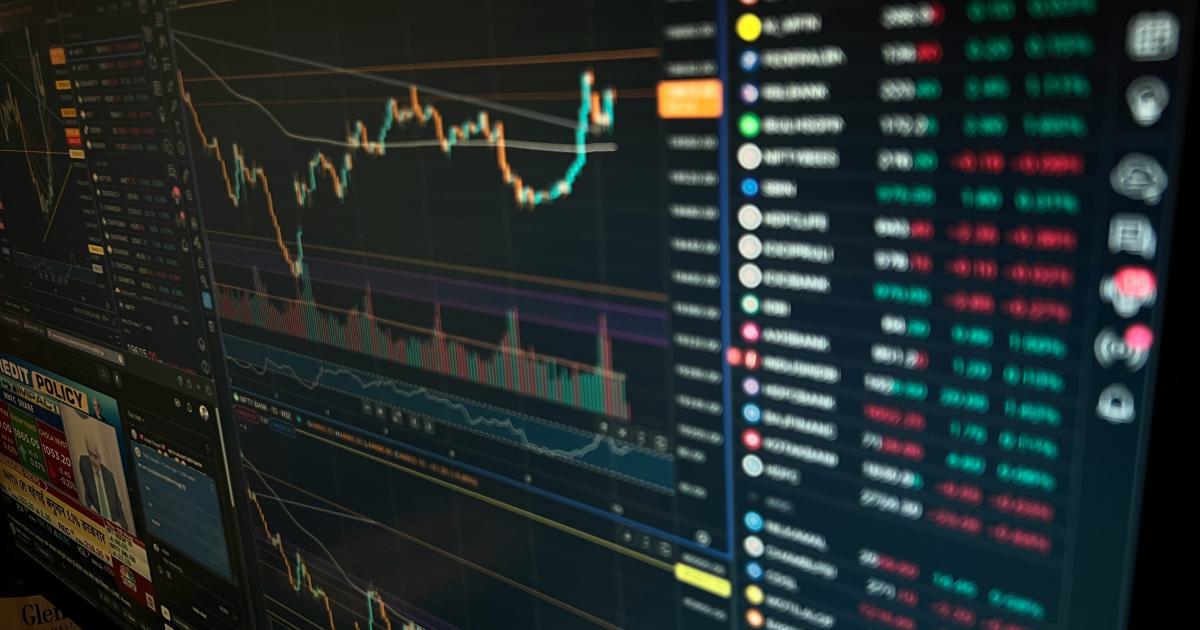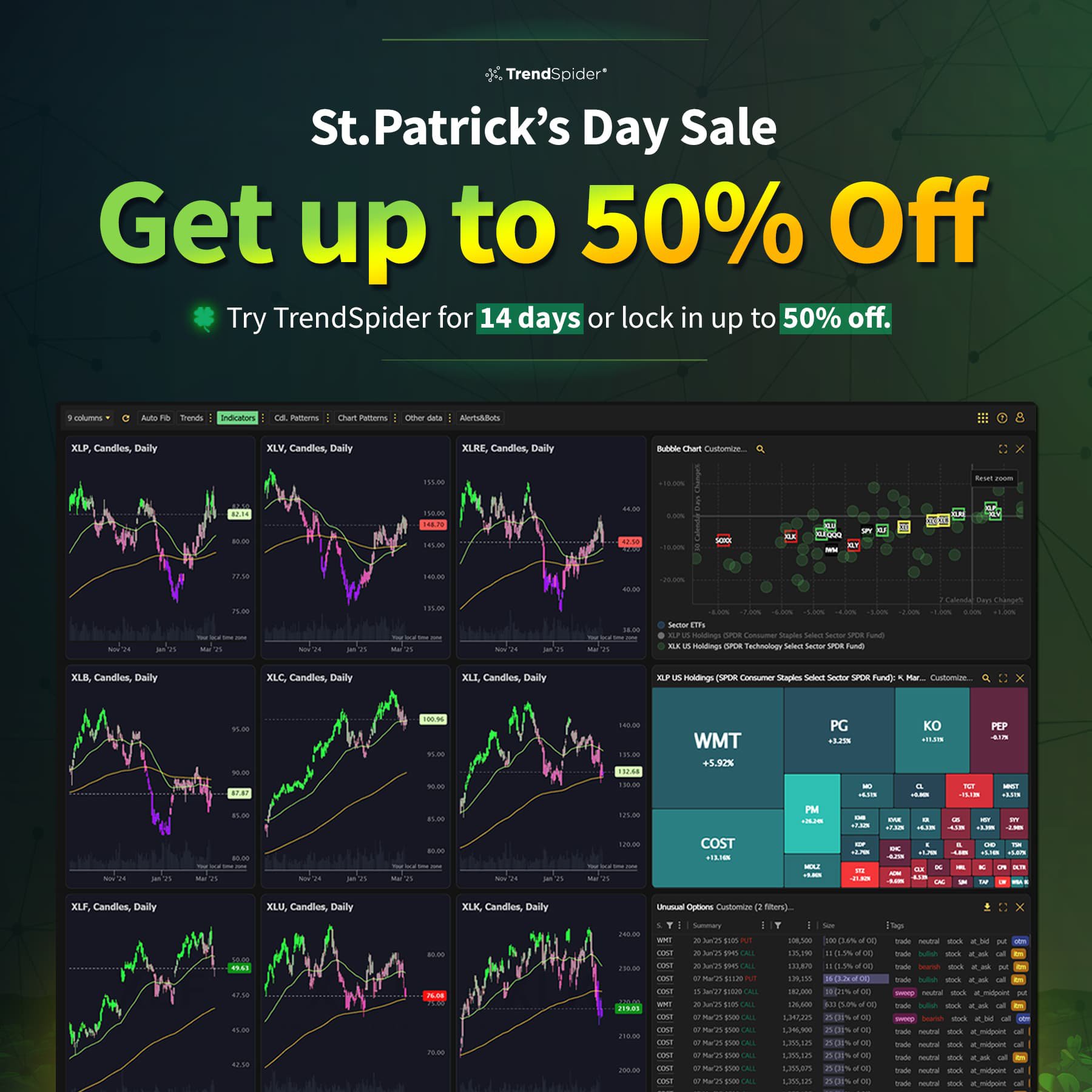Overcoming the Endowment Effect: A Trader's Guide

In today's fast-paced trading environment, psychological biases can often undermine even the most carefully planned strategies. One such bias, the endowment effect, can lead traders to overvalue assets simply because they own them. This article delves deep into overcoming the endowment effect, providing actionable insights and real-world examples to help traders refine their decision-making processes and avoid costly mistakes. In the following pages, we will explore the origins of this cognitive bias, its implications on trading behavior, and detailed strategies to counteract its influence, ensuring that every decision is based on objective analysis rather than emotional attachment.
Understanding the Endowment Effect
The endowment effect is one of the well-documented psychological phenomena that skew our perception of value. Essentially, individuals tend to assign more value to objects merely because they own them. For traders, this bias can lead to a reluctance to sell assets at a reasonable market value, resulting in missed opportunities or suboptimal portfolio management.
Definition and Origins
The endowment effect is rooted in behavioral economics, challenging the traditional view that people make rational decisions based solely on utility. Instead, research has shown that ownership creates an emotional attachment, which in turn increases subjective valuation. This phenomenon was first observed by economists who noted that people would demand far more money to sell an item than they would be willing to pay to acquire it.
Historical experiments have illustrated this bias clearly. In one study, participants were given a mug and later asked how much they would sell it for, while another group was asked how much they would pay for the same mug. The results were striking—those who owned the mug valued it significantly higher than those who did not, underscoring the powerful influence of possession on perceived value.
Psychological Mechanisms at Work
Several psychological mechanisms contribute to the endowment effect:
- Loss Aversion: People fear losses more than they value equivalent gains. Traders might hold on to a declining asset to avoid the pain of realizing a loss.
- Status Quo Bias: Maintaining current holdings feels safer than changing a position, even when the market conditions are unfavorable.
- Cognitive Dissonance: The need to justify past decisions drives investors to cling to assets that may no longer be financially prudent.
Understanding these underlying psychological drivers is critical for traders who wish to develop objectivity in their strategies. By recognizing that these biases stem from natural human impulses, traders can learn to counteract them by relying on structured, evidence-based decision-making processes.

Impact of the Endowment Effect on Trading Decisions
Traders affected by the endowment effect often experience a series of detrimental consequences. This section examines the direct impact on portfolio management and the overall trading strategy.
Overvaluation of Owned Assets
One significant outcome of the endowment effect is the overvaluation of assets that traders possess. This bias can lead to several issues:
- Delayed Sales: Traders may hold onto depreciating assets, expecting them to rebound to a value that exceeds their realistic worth.
- Skewed Portfolio Rebalancing: The reluctance to sell overvalued assets can result in an unbalanced portfolio that grows overly concentrated in specific holdings.
- Emotional Trading: Emotional attachment can override analytical reasoning, prompting decisions based on sentiment rather than market data.
Traders who fall prey to this bias often find themselves locked into unfavorable positions. The overestimation of asset value compromises liquidity and may hinder the ability to capitalize on emerging opportunities in the market.
Reduced Flexibility and Increased Risk
The endowment effect also reduces a trader’s flexibility. By clinging to certain assets out of an emotional sense of ownership, traders may:
- Miss out on adjusting their portfolios to mitigate risk amid changing market conditions.
- Fail to seize rebalancing opportunities that could enhance overall portfolio performance.
- Become more susceptible to market volatility as they hold on to underperforming assets.
Such rigidity can escalate risks, especially in turbulent markets where rapid responses to changing conditions are critical. The trader’s decision-making process becomes clouded by emotional bias rather than by rational analysis and objective evaluation.
Case Study: A Practical Example in Trading
Consider a trader who invested in a promising tech startup during its early days. As the company grew, the trader’s attachment to the stock deepened, leading to an inflated perception of its intrinsic value. Even when market indicators suggested a cooling-off period, the trader hesitated to sell, causing significant losses when the broader tech sector experienced a downturn.
This example illustrates how the endowment effect can contribute to a cycle of attachment, poor decision-making, and eventual financial setbacks. By understanding these pitfalls, traders can learn to recognize similar patterns in their behavior and take steps to mitigate the influence of cognitive bias.
Strategies to Overcome the Endowment Effect
Overcoming the endowment effect is not an overnight process; it requires a deliberate, methodical approach. In this section, we outline practical strategies that traders can employ to minimize this bias and enhance their trading efficacy.
Cultivating Self-Awareness
The first step in overcoming any cognitive bias is acknowledging its existence. Traders must actively assess their decision-making processes to identify signs of emotional attachment to their assets. Here are some techniques to increase self-awareness:
- Reflective Journaling: Maintain a trading journal where every decision is documented along with the rationale behind it. Over time, patterns of emotional decision-making can be spotted, enabling corrective measures.
- Peer Reviews: Engage in collaborative decision-making or periodic reviews with experienced peers. This external perspective can help uncover unnoticed biases.
- Mindfulness Practices: Incorporate mindfulness and meditation into your daily routine. Such practices improve focus and reduce stress, mitigating impulsive decisions driven by emotional bias.
By including these habits into a regular routine, a trader can begin to separate emotional responses from rational analysis, fostering a mindset that is better prepared to deal with market uncertainties.
Implementing Rule-Based Trading Systems
One of the most effective ways to overcome the endowment effect involves the implementation of strict, rule-based trading systems. By adhering to predetermined exit and entry points, traders can minimize emotional interference.
- Set Clear Sell Triggers: Define specific sell targets and stop-loss points for each asset in your portfolio. These rules should be based on thorough technical and fundamental analysis, rather than emotional sentiments.
- Automated Trading: Making use of algorithms can be highly beneficial. Automated systems execute trades based solely on data, thus eliminating the potential for human error influenced by psychological biases.
- Regular Rebalancing: Establish a periodic review schedule to reassess your portfolio. Tools and alerts can be set up to remind traders when rebalancing is needed, ensuring that asset allocation reflects current market conditions rather than past purchase emotions.
These measures can help maintain discipline even during volatile periods, ensuring that decisions are guided by data-driven insights rather than personal biases.
Overcoming Emotional Attachment Through Diversification
Diversification is often touted as a risk management strategy, but it also plays a crucial role in mitigating the endowment effect. By diversifying investments across various asset classes, sectors, and regions, traders can:
- Reduce Overexposure: Spreading investments minimizes the risk associated with any single asset and prevents overvaluation due to emotional attachment.
- Encourage Objective Analysis: Diversification forces a periodic rebalancing of the portfolio, which naturally challenges the preconceived value of individual assets.
- Lower Cognitive Load: A diversified portfolio alleviates the pressure of monitoring every single asset with undue attention, allowing traders to view asset performance in a broader market context.
In practical terms, a well-diversified portfolio acts as a self-regulating mechanism, where the need for constant personal intervention is reduced, thereby curtailing the influence of the endowment effect.

Leveraging Analytical Tools and Third-Party Insights
Another powerful strategy to counteract the endowment effect involves leveraging technology and third-party insights. Many analytical tools and platforms are designed to help traders maintain objectivity:
- Data Analytics Platforms: Tools that aggregate market data can highlight discrepancies between an asset's perceived value and its actual performance. Regular monitoring through these platforms can provide evidence-based insights that challenge emotional biases.
- Risk Assessment Software: Incorporate software solutions that assess risk levels based on current market conditions and historical data. These tools can help in the determination of optimal timing for asset liquidation.
- Expert Consultations: Regular consultations with financial advisors or market analysts provide a counterbalance to personal biases. Such experts can offer an objective review of your portfolio and suggest adjustments based on unbiased market assessments.
Integrating these analytical tools into your trading routine not only supports better decision-making but also reinforces disciplined trading methodologies that are less prone to emotional sway.
Best Practices for Maintaining Objectivity in Trading
While understanding and counteracting the endowment effect is crucial, maintaining objectivity over the long term requires a set of best practices that reinforce disciplined decision-making.
Regular Portfolio Audits
Conducting regular portfolio audits is an essential practice for any trader aiming to maintain discipline. These audits should include:
- Performance Evaluation: Assess the performance of each asset over defined intervals. Compare actual outcomes against expected returns to determine if emotional bias might have skewed earlier decisions.
- Benchmark Comparisons: Measure your portfolio against industry benchmarks to identify areas where overvaluing assets might be impeding overall performance.
- Bias Identification Workshops: Periodically review past trading decisions in a systematic manner to identify recurring biases. Document your findings and adjust your strategy accordingly.
The act of auditing not only exposes the presence of biases but also instills a culture of continuous improvement within your trading practices.
Education and Continuous Learning
The financial markets are inherently dynamic, making continuous education a cornerstone of successful trading. To stay ahead:
- Attend Workshops and Seminars: Engage with industry experts and participate in educational events that focus on behavioral finance and trading psychology.
- Read Widely: Books, academic journals, and reputable online resources offer diverse perspectives on overcoming cognitive biases.
- Simulation and Backtesting: Use simulation tools to practice trading without risking real capital. Backtesting strategies under different market conditions reinforces objective decision-making.
Investing time in education not only enriches your trading knowledge but also fosters a self-aware approach that is less susceptible to biases like the endowment effect.
Developing a Peer Network
A strong professional network can provide much-needed perspective when personal judgment may be clouded by bias. Consider the following strategies:
- Mentorship Programs: Collaborate with experienced traders who can provide guidance and serve as a sounding board for your strategies.
- Peer Discussion Groups: Regularly engage in discussions with fellow traders to compare insights and challenge prevailing assumptions. This can help in verifying whether your decisions are driven by sound research or affected by emotional biases.
- Feedback Loops: Encourage constructive criticism and establish feedback loops where colleagues can review and comment on your trading decisions.
The value of a peer network lies in its ability to offer diverse viewpoints that help keep personal biases in check, ultimately leading to more balanced and rational trading decisions.

Actionable Solutions for Traders
Now that we've discussed the theory and best practices behind overcoming the endowment effect, it’s essential to offer actionable solutions that traders can implement immediately.
Develop a Trading Checklist
A comprehensive trading checklist can serve as a constant reminder of objective criteria before executing a trade. Key components of such a checklist might include:
- Verification of market trends and technical indicators.
- Confirmation of asset fundamentals versus the current market sentiment.
- Reassessment of risk-to-reward ratios.
- A review of portfolio diversification and exposure levels.
Using this checklist ensures that every decision is made after thorough analysis rather than as an impulsive reaction driven by emotions.
Establish a Habit of Scheduled Review
Creating a schedule to review your portfolio and trading performance is another critical measure. This might involve:
- Weekly reviews to assess individual position performance and decide on any necessary course corrections.
- Monthly strategic revisions, where long-term goals are compared with current market realities.
- Annual audits that focus on larger trends, both in your portfolio performance and in areas where biases might have influenced decisions.
Scheduled reviews provide opportunities to detach from the emotional attachment of individual trades and focus on the portfolio’s overall health and strategy execution.
Use Technology to Automate Decision-Making
Automation can help remove the personal, emotional elements from trading. Consider using:
- Algorithmic Trading Systems: Systems that execute trades based on predefined conditions and historical data can help ensure that decisions are made without emotional interference.
- Stop-Loss Automation: Setting automated stop-loss thresholds prevents irrational decisions during periods of market volatility.
- Alert Systems: Use software that alerts you when an asset deviates significantly from its predicted performance, prompting a timely review.
The integration of technology and data analytics reinforces disciplined trading practices, ensuring that decisions are based on quantifiable metrics rather than subjective feelings.
Embrace Emotional Detachment
Achieving emotional detachment is a gradual process that requires commitment and practice. Consider techniques such as:
- Cognitive Behavioral Techniques (CBT): CBT can help challenge and change patterns of negative thinking that contribute to the endowment effect.
- Stress Management: Regular physical exercise, sufficient sleep, and hobbies can reduce overall stress, thereby fostering a clearer, more focused mind.
- Visualization: Before making a trading decision, visualize the outcome, including potential losses, to prepare yourself mentally for any scenario.
By actively working on emotional detachment, traders can cultivate a mindset that consciously avoids the pitfalls of overvaluation and subjective bias.

Future Trends and Concluding Thoughts
As markets continue to evolve, so too must our strategies for maintaining rationality and objectivity. Technological advancements, particularly in artificial intelligence and data analytics, are poised to transform the way traders approach decision-making. These tools offer even greater precision, reducing the areas where subjective bias can infiltrate.
The Role of AI in Counteracting Bias
Artificial intelligence, when integrated with trading systems, provides a robust method of neutralizing emotional variations. AI-driven models can process vast datasets to offer insights that are free from human bias. As these systems become more prevalent:
- Predictive Analytics: AI can predict market trends based on historical data, reducing reliance on subjective human judgment.
- Real-Time Decision Support: Algorithms can constantly monitor market fluctuations and suggest adjustments in real time.
- Sentiment Analysis: AI tools can analyze news, social media, and other sources, providing a balanced view of market sentiment versus individual emotional bias.
The integration of AI into trading systems is a promising frontier that holds the potential to make overcoming the endowment effect easier and more systematic.
Concluding Thoughts
Overcoming the endowment effect is a journey that requires continuous self-assessment, education, and the willingness to embrace new technologies and disciplined practices. By understanding the psychological underpinnings of this bias and implementing structured strategies, traders can ensure that their investment decisions are guided by rational analysis instead of emotional attachment.
This comprehensive guide has explored the fundamental aspects of the endowment effect, its impact on trading, and provided actionable solutions to help traders maintain objectivity. With conscious effort, the ingrained instincts that lead to overvaluing owned assets can be mitigated, paving the way for more profitable and rational trading behavior.
Embracing tools such as rule-based trading systems, regular portfolio audits, emotional detachment techniques, and advanced analytics can collectively form a robust defense against the cognitive biases that undermine market performance. As the market and technology landscapes evolve, so should our strategies for maintaining an objective stance. Future traders who are adept at overcoming the endowment effect will be better positioned to respond to market dynamics, optimize their portfolios, and ultimately achieve enduring success in the competitive trading arena.
Navigating the complexities of modern trading requires more than technical analysis—it demands a nuanced understanding of human psychology. With a disciplined approach that incorporates continuous learning and technological innovation, traders can gradually detach from the emotional pitfalls of asset ownership and channel their focus toward objective, measurable outcomes. In mastering this balance, the journey toward overcoming the endowment effect becomes not only a pathway to improved trading performance but also a testament to the evolution of trading as both an art and a science.
By putting these strategies into practice, you are setting yourself up to transform emotional trading into systematic trading, ensuring that every decision is evaluated on its merit rather than on sentimental value. The road ahead may be challenging, but with commitment and the right tools, overcoming the endowment effect can become an integral part of your trading success story.
Remember, the key to lasting success in trading lies in adapting to change—not just in market conditions but also within the cognitive frameworks that drive our decisions. Armed with the strategies outlined in this guide, you are now well-equipped to take control of your trading journey, embrace objectivity, and build a resilient, data-driven approach to market engagement.
Stay disciplined, stay informed, and continue refining your strategies. The markets reward those who combine thorough analysis with a clear, unbiased mindset. Happy trading!
Unlock Trading Potential with Automated Analysis
Tired of missing opportunities and making suboptimal trading decisions? TrendSpider's cutting-edge platform automates complex technical analysis, saving you time and reducing human error.
With multi-timeframe analysis, dynamic alerts, backtesting, and customizable charting, you'll gain a competitive edge in identifying trends and making informed trades across global markets.
Unleash the Power of Automated Trading Analysis
Are you struggling to keep up with the fast-paced trading world? TrendSpider empowers you with cutting-edge tools for optimal strategy execution.
Our automated technical analysis suite eliminates guesswork, backtests strategies, and delivers real-time alerts, saving you valuable time and effort.


